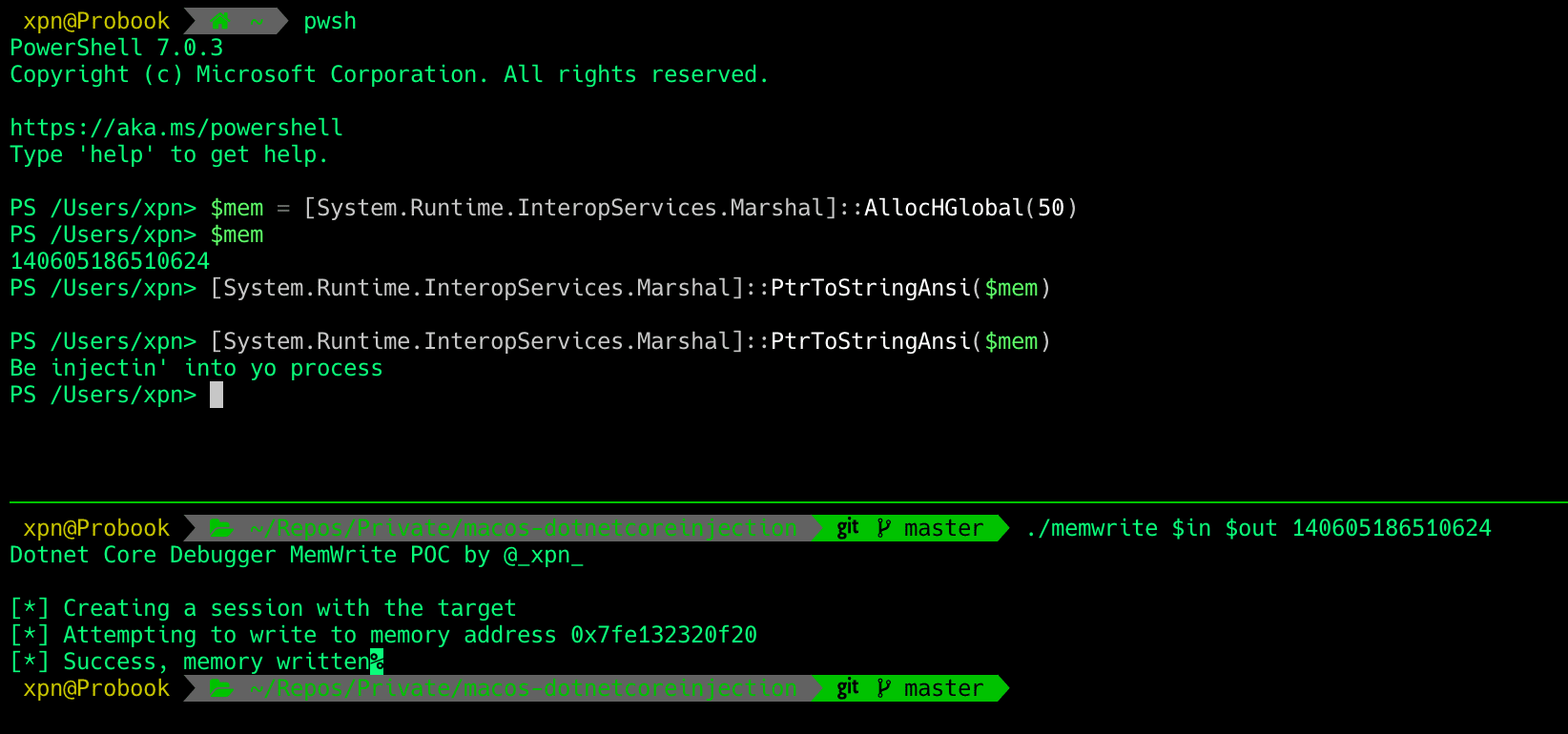UPDATE 2023.10.10.: After chatting with Thijs Alkemade, @xnyhps, updated the XPC part of the post as I originally misunderstood Apple’s intent. Apple introduced Launch Constraints in macOS Ventura (13) as a response to some common attack scenarios. LC was probably the most impactful mitigation against various type of vulnerabilities. Before we dwell into LC let’s review a couple of old vulnerabilities, which would have been not exploitable if LC was present.| theevilbit blog
Storing secrets on the macOS is a big challenge and can be done in multiple insecure ways. I tested many mac apps during bug bounty assessments and observed that developers tend to place secrets in preferences or even hidden flat files. The problem with that approach is that any non-sandboxed application running with typical permissions can access the confidential data. For example, Signal on macOS stores a key that encrypts all your messages database in ~/Library/Application Support/Signal/c...| wojciechregula.blog

